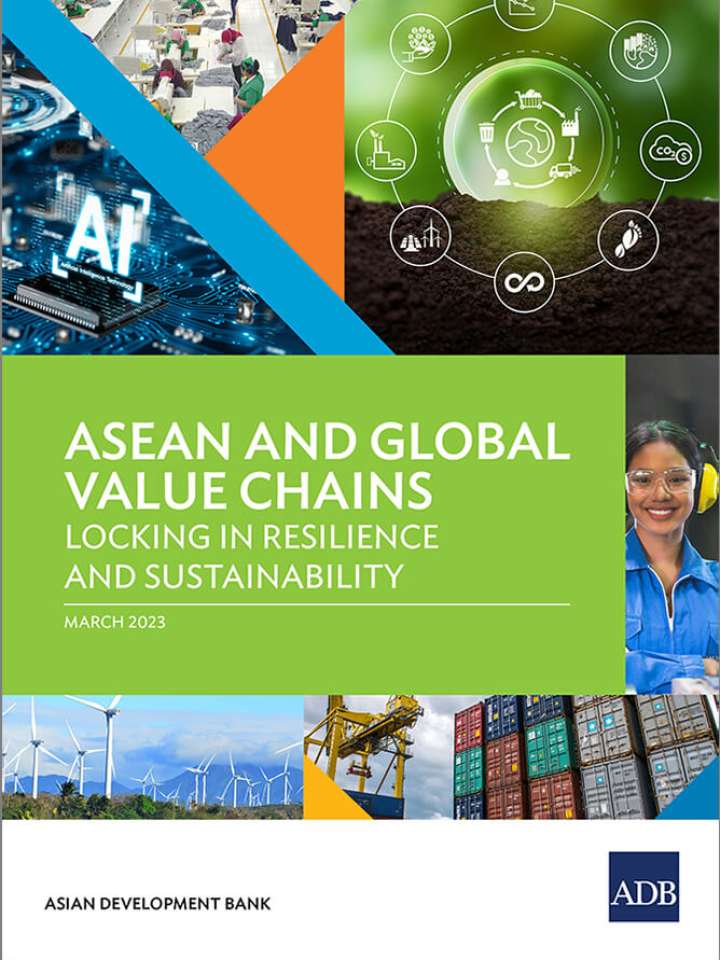ASEAN and global value chains: Locking in resilience and sustainability
This study analyzes how the role of ASEAN economies in global value chains has helped spur their recovery and cut poverty. It explains how the expansion of cross-border trade networks has helped Southeast Asian economies bolster manufacturing and spark a wave of job creation and innovation. On the flipside, it considers the associated environmental impact and social inequality. Highlighting systemic shocks to global trade, it explains how economic momentum, stronger institutions, and more inclusive growth can help mitigate risks and build resilient economies.
Three broad findings emerge from this study:
- Recent shocks, including geopolitical threats and surging natural resource prices, are likely to persist. They favor resource-rich economies and will create significant, though manageable, challenges for ASEAN’s international supply chains, and more generally for its manufacturing-based development model. Scenarios for a Global “New Normal” and ASEAN Global Value Chains 301
- Current proposals for deeper geopolitical interventions in trade— ostensibly to ease concerns about employment, national security, and supply chain stability—are not well defined, and in some configurations could substantially weaken the world trading system. Much will depend on the details of these interventions, but the risks from them are high. As often in the past, ASEAN must anticipate new global frameworks, analyze their implications, and respond pragmatically.
- Although global interest in economic cooperation has waned, its sturdy base in East Asia offers opportunities for working around global anti-trade trends. Plausible regional initiatives, from the aggressive implementation of the RCEP to the creative enlargements of the CPTPP, are feasible and desirable.
Explore further
